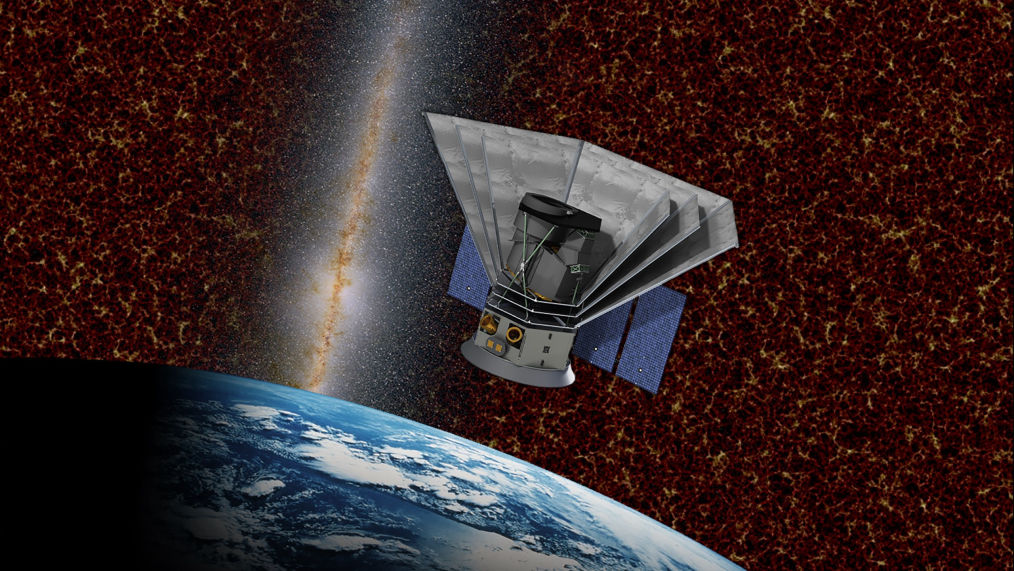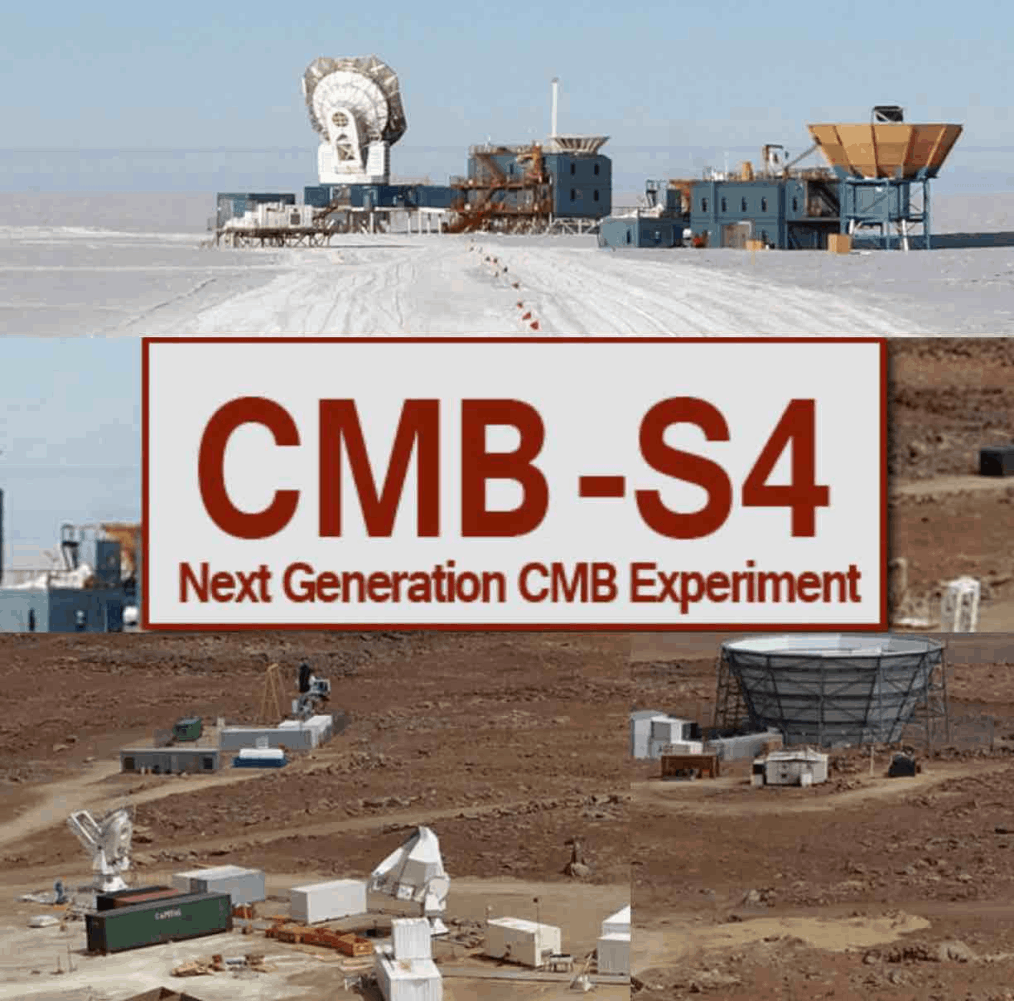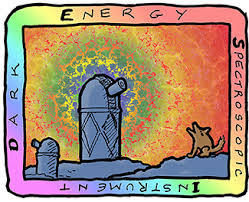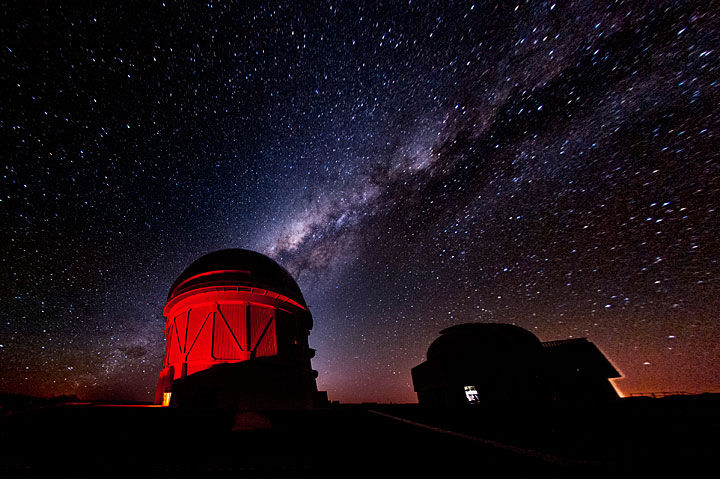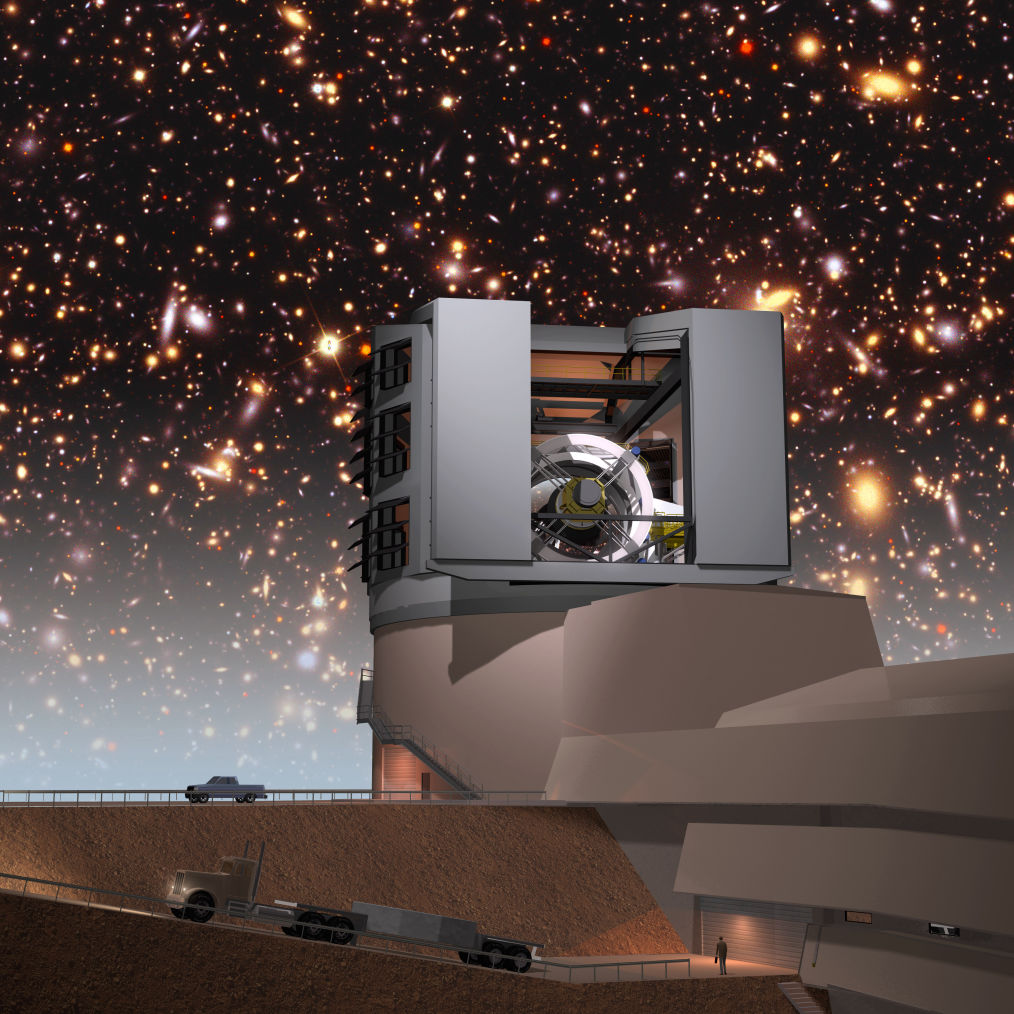
Vera Rubin Observatory
Legacy Survey of Space and Time (LSST)
Dark Energy Science Collaboration (DESC)
Rubin Observatory's LSST will commence science operations for the main survey in 2024, imaging more than 18,000 square degrees in 6 optical bands to an unprecendented depth over the following 10 years. Already the LSST Year 1 data will cover ~15,000 deg^2 to i-mag 24.3, a fantastic data set for cosmological discoveries. Learn more about LSST...
The DESC is one of the LSST science collaborations and its main target is to address the mystery of cosmic acceleration, i.e. the fact that the expansion of the Universe is accelerating. Discovered in 1998, cosmic acceleration (frequently termed dark energy) remains an unexplained fundamental physics problem, which might hint at a new energy density component or at modifications to our understanding of gravity. Our lab is deeply involved in DESC science preparation and planning and several cosmology projects are centered around LSST data. Learn more about DESC...

